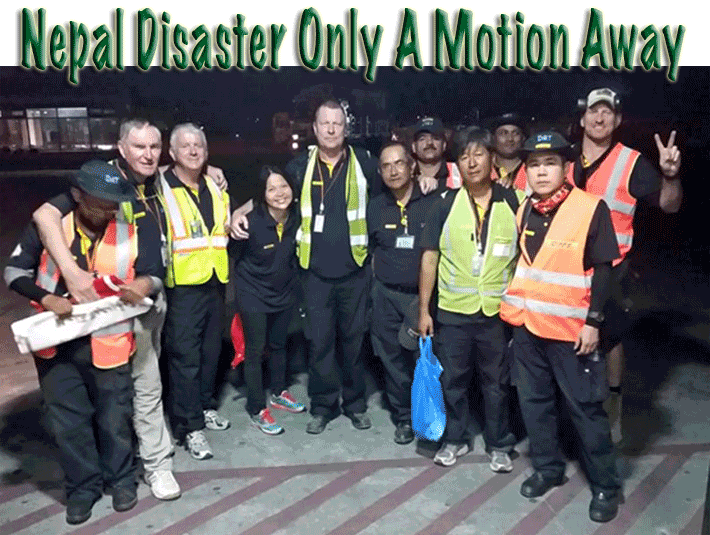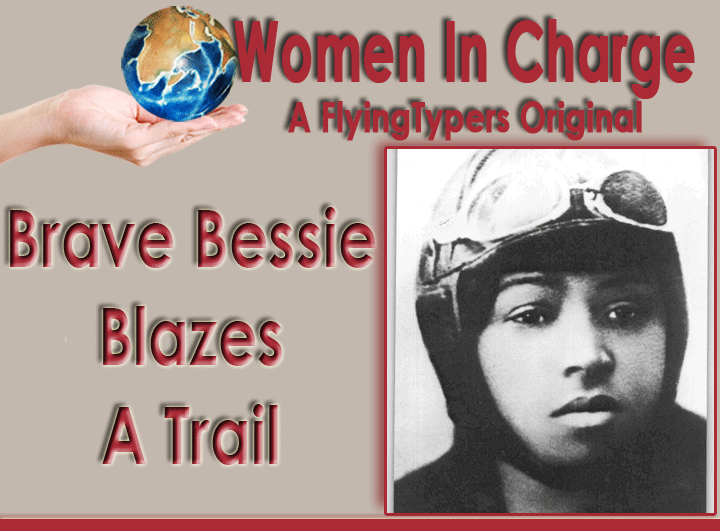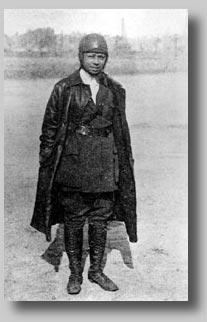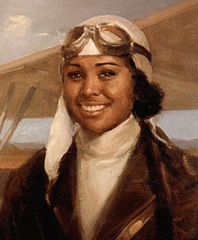 |
 |
 #INTHEAIREVERYWHERE |
| Vol. 16 No. 15 | Friday
February 10, 2017 |
|
FIATA
said new membership applications are
skyrocketing as the soon to be 91-year-young
global organization readies its World
Congress, set for Kuala Lumpur from
October 4-7. More Info: secretariat@fiata2017.org,
http://www.fiata2017.org/
Africa
& India Top List |
|
On
Monday February 13, Qatar Cargo launches
two weekly B777F cargo flights between
Doha, Qatar and Miami International
Airport. |
|
The ‘Perfect’ Disaster
A 7.8-magnitude earthquake struck
Nepal in April 2015, killing almost
9,000 people, injuring some 22,000,
and leaving hundreds of thousands
homeless. Multiple aftershocks—including
a 7.3 quake on May 12—caused
further damage in the weeks that followed. Single Channel Woes
Making matters worse, land-locked
Nepal relies on shipping supplies
arriving from ports in India—a
journey that took 10-15 days in the
weeks after the first shock. As a
result, much of the initial emergency
relief effort relied on the country’s
main airport, Tribhuvan International
Airport (KTM). KTM Shortages
Unfortunately, KTM was woefully unprepared
to be the main gateway for an international
relief operation. It had just nine
parking stands and one runway and
was also desperately short of equipment.
The influx of emergency flights quickly
damaged the sole runway, reducing
the size of relief freighters that
could be received and causing backlogs
of loaded freighters to build up at
major relief hub airports such as
Delhi and Dubai.
DRT To The Rescue
Your correspondent was reporting on
the relief operation alongside DHL’s
Disaster Response Team (DRT), headed
by DHL Director for Humanitarian Affairs
Chris Weeks. DRT teams draw on a network
of more than 400 volunteers, all specially
trained employees of Deutsche Post
DHL Group (DPDHL), which also foots
all the bills for their deployment
in disasters. DHL Shines Through
For your correspondent, DRT’s
efforts were an excellent illustration
of the sort of valuable logistics
support the world’s leading
transport service providers can produce
in emergency situations. Unfortunately,
DHL was the lone representative of
the logistics and air freight industry
in Nepal. Preparing For Future Quakes
The four-day Get Airports Ready for
Disaster (GARD) workshops were focused
on ensuring the airports were prepared
to quickly receive humanitarian teams
and relief goods should another disaster
strike. “Besides having the
necessary infrastructure to smoothly
deliver the lifesaving support to
the affected communities, the team
on site needs to be trained in the
necessary protocols and know-how to
handle the dramatic rise in air traffic
and flow of goods and people following
a natural disaster,” said DHL. Airports Are Vital
During the workshops, participants
and trainers evaluated the current
level of preparedness at the two airports,
while DPDHL’s aviation experts
and UNDP leaders helped equip participants
with best-practice logistics management
during natural disasters, devised
customized disaster-response plans
for both airports, and identified
priorities for investment in national
infrastructure that could further
improve the resilience of emergency
supply chains during a future disaster. Valerie Retraces His Steps
Back in Nepal once more, Weeks said
a clear and flexible action plan could
help airport operators minimize logistics
bottlenecks and better manage sudden
influxes of relief aid, bulky supplies
like food, water and medical supplies,
as well as NGO personnel entering
the country. “Almost two years
since we first went into Nepal in
the earthquake’s aftermath,
it’s especially heartening to
see the government and airports considering
preparedness as paramount, and incorporating
it into action plans that could potentially
save more lives in the future,”
he added. |
 |
|
On the scene post-Nepal’s 2015 humanitarian disaster, our reporter Mike ‘Sky’ King was so exasperated with the ineffectiveness of the relief efforts that he started working with a brave teenager named Suman Khadka, who took it upon himself to help his devastated village. This became a charity called Suman’s Story – Direct Aid for Nepal, which has received global media coverage for its efforts. Mike To The Rescue
In 2015 the charity distributed hundreds
of emergency food packages, tarpaulins,
water filters, and 70 tons of rice.
Six hundred chickens were also bought
to set up a chicken farm. You Can Help
Mike would like to continue operating
the health clinic for one more year.
With some funds already set aside,
Mike is seeking just USD $2,000 to
operate the clinic for another 12
months and ensure the villagers receive
all the basic healthcare they need
while they rebuild their shattered
village. |
 |
|
FlyingTypers
continues its groundbreaking series
covering the courageous and pioneering
women of air cargo and aviation with
a look back at pioneering aviatrix
Bessie Coleman.
Eventually, Queen Bess made enough
money to purchase her own plane: a
rather old Curtiss JN-4. It was only
a few days after she received the
plane that it stalled at 300 feet
and nose-dived, crashing into the
ground. With broken ribs, a broken
leg, and several lacerations, Bessie
was relegated to a hospital bed for
3 months. |
If
You Missed Any Of The Previous 3 Issues
Of FlyingTypers Access complete issue by clicking on issue icon or Access specific articles by clicking on article title |
||
 Vol.
16 No. 12 Vol.
16 No. 12CNS Takes Air Cargo Main Deck Chuckles for February 3, 2017 DFW Finds Missing Link I Told You So Letters To The Editor |
 Vol.
16 No. 13 Vol.
16 No. 13Hoon Over Moon As Changi Rebounds Chuckles for February 7, 2017 Qatar Goes Long, Adds Pharma Flights Get Off Your Duff & See This Stuff |
|
Publisher-Geoffrey
Arend • Managing Editor-Flossie Arend • Film Editor-Ralph Arend • Special Assignments-Sabiha Arend, Emily Arend • Advertising Sales-Judy Miller |
|












 On
April 30, 1926, Bessie and her mechanic
William D. Wills boarded her new plane
to rehearse for a May Day air show
the following day. The pièce
de résistance of her act was
to be a daring parachute jump from
2,500 feet. Wills was piloting the
plane when it fell into a tailspin
and flipped upside down. Bessie was
not wearing her seat belt and tragically
fell out of the plane to her death.
Wills tried but could not regain control
of the plane and also lost his life.
On
April 30, 1926, Bessie and her mechanic
William D. Wills boarded her new plane
to rehearse for a May Day air show
the following day. The pièce
de résistance of her act was
to be a daring parachute jump from
2,500 feet. Wills was piloting the
plane when it fell into a tailspin
and flipped upside down. Bessie was
not wearing her seat belt and tragically
fell out of the plane to her death.
Wills tried but could not regain control
of the plane and also lost his life.
